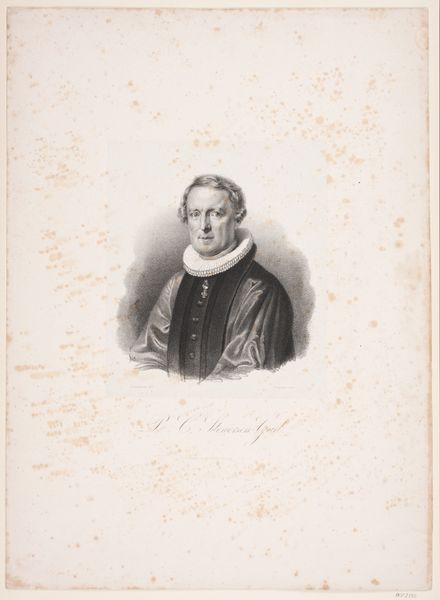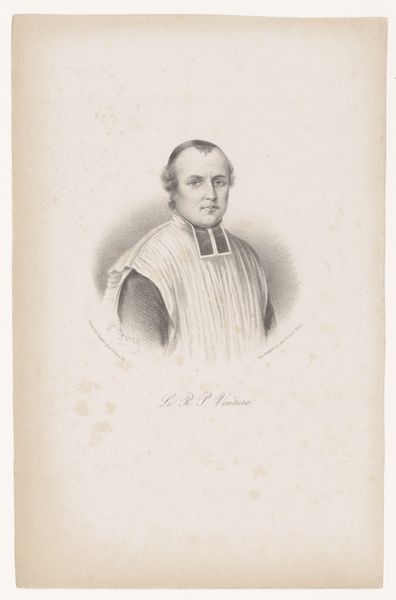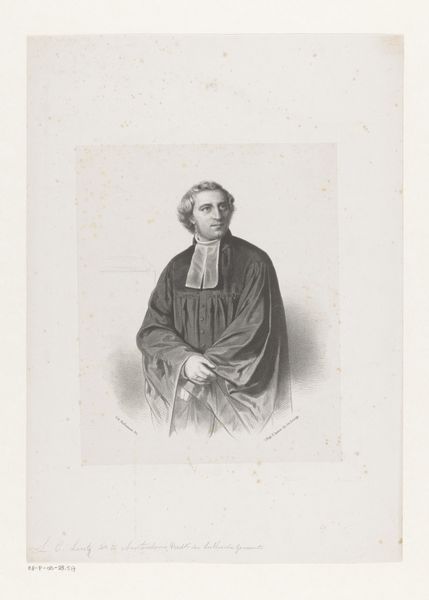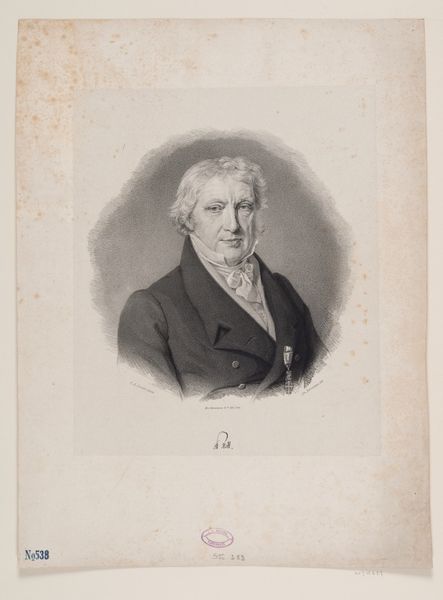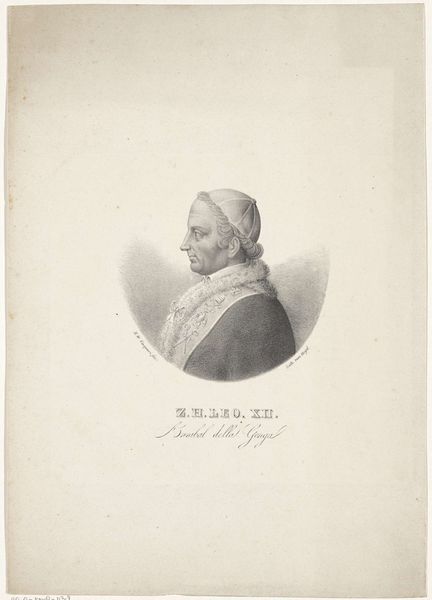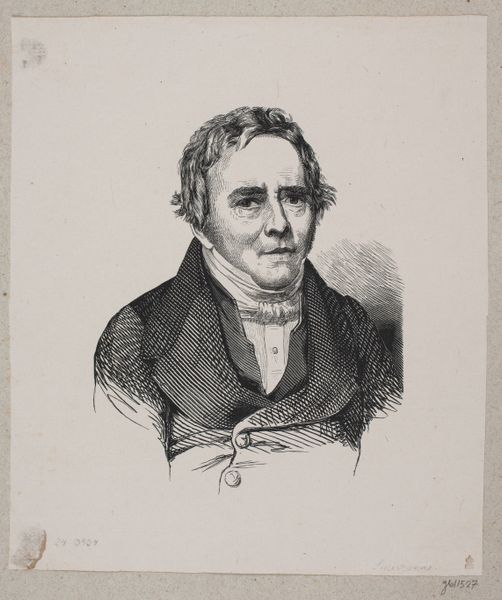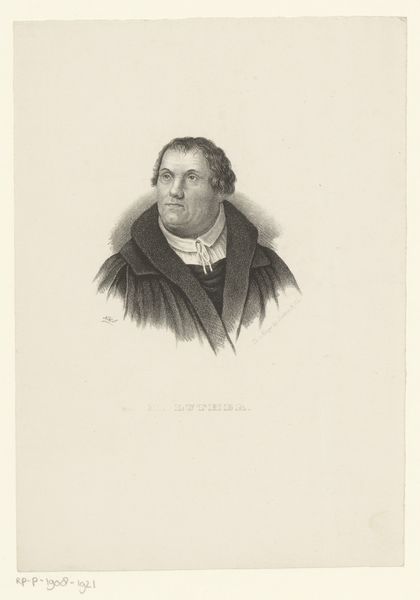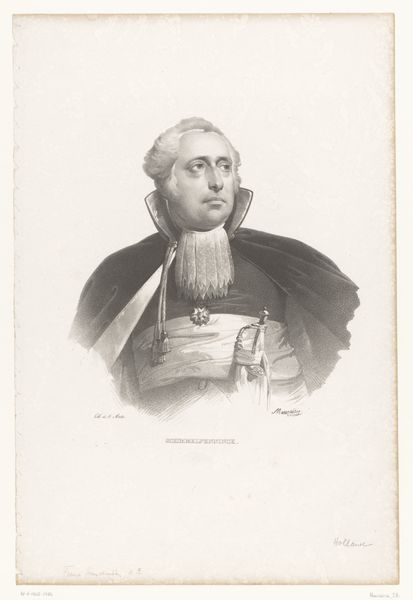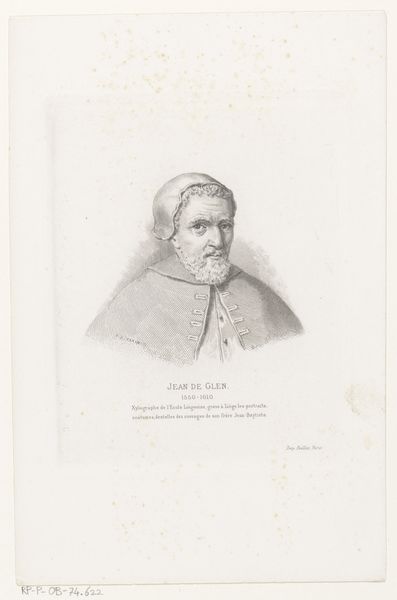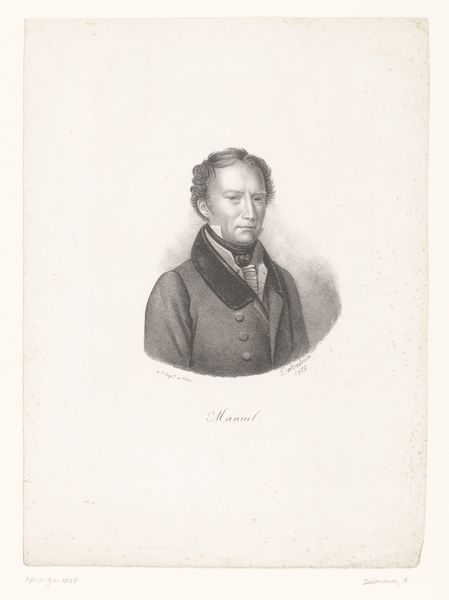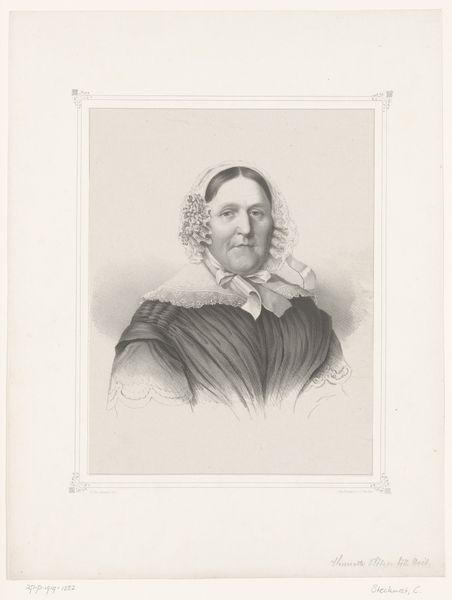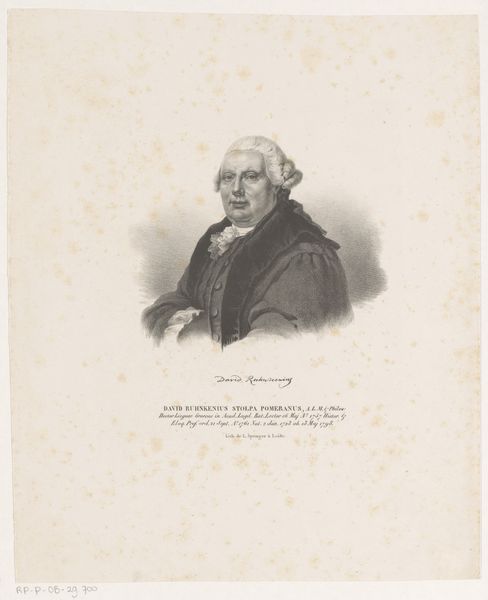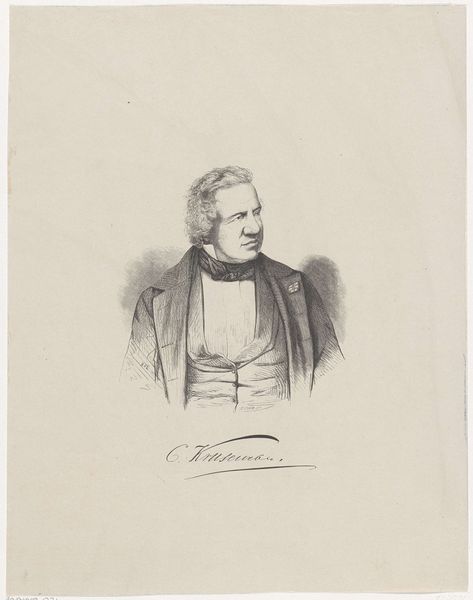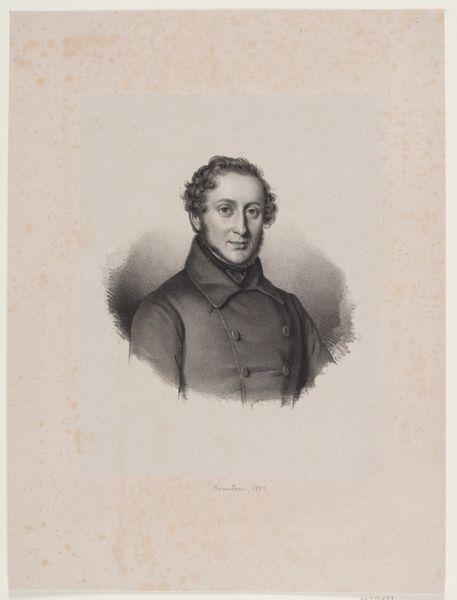
drawing, print, pencil
#
portrait
#
pencil drawn
#
drawing
# print
#
pencil sketch
#
portrait reference
#
pencil drawing
#
pencil
#
portrait drawing
#
academic-art
#
realism
Dimensions: 210 mm (height) x 152 mm (width) (bladmaal)
Editor: This is Christen Købke's portrait of H.V. Bissen, made in 1841. It’s a pencil drawing, almost ghostly in its delicacy. The man's expression seems so serious. What historical narratives do you think this piece engages with? Curator: This portrait offers a glimpse into the artistic networks and the patronage systems of 19th-century Denmark. Bissen was a prominent sculptor, and Købke, a talented but somewhat undervalued painter in his time. This drawing, likely a study for a print, speaks to the collaborative relationships within the art world, and how artists supported each other through portraiture. Do you see how the very act of representation becomes a form of cultural capital? Editor: Absolutely. It's interesting to think of it as almost an artistic endorsement, particularly if it became a widely distributed print. The subject almost looks like a Renaissance scholar due to the hat and the simple, elegant garment he is wearing. Would his contemporaries immediately place him into that role because of this artistic representation? Curator: It is likely that Köbke consciously chose this visual language, perhaps as a deliberate attempt to ennoble Bissen’s image and connect him to the lineage of great artists and thinkers. Consider how artists use clothing and setting in a portrait to build an idea about a person's character. Was this how Bissen saw himself, or how he wanted to be seen? It also gives insight into contemporary artistic ideals of the time. Editor: That’s a good point; portraits really do participate in image-making and social positioning. It makes me look at the artwork as something beyond just a man’s portrait. Curator: Precisely! By considering the social context of art production, we understand the forces at play that elevate some artists while overshadowing others, a dynamic that continues to shape the art world today.
Comments
No comments
Be the first to comment and join the conversation on the ultimate creative platform.
